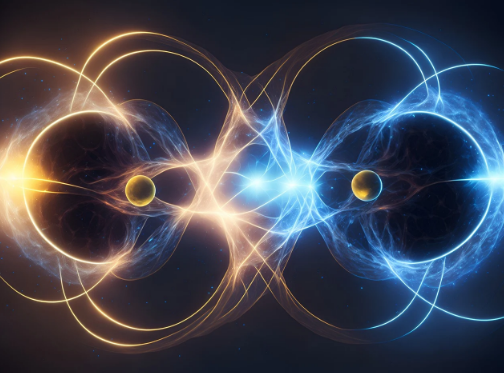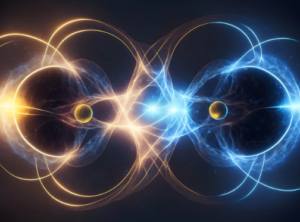The Promise and Perils of Atomic Energy: Navigating the Future
The Promise and Perils of Atomic Energy: Navigating the Future
Atomic or nuclear energy has been a subject of profound debate since its inception. Harnessed for its potential to provide immense amounts of power and its associated risks, nuclear energy plays a pivotal role in discussions about future energy strategies. This article explores the promise of atomic energy, its inherent risks, and the evolving landscape of nuclear technology
The Promise of Atomic Energy
1. Efficient Power Generation:
Nuclear power plants produce a significant amount of energy from a small amount of fuel. Unlike fossil fuels, which generate power through combustion, nuclear reactors use nuclear fission—splitting heavy atomic nuclei (such as uranium-235 or plutonium-239) to release energy. This process generates millions of times more energy per unit of fuel than conventional methods, making it an incredibly efficient energy source.
2. Low Greenhouse Gas Emissions:
One of the primary advantages of nuclear energy is its low contribution to greenhouse gas emissions. Unlike coal or natural gas plants, nuclear reactors do not emit carbon dioxide during operation. As nations strive to combat climate change and reduce their carbon footprints, nuclear energy offers a compelling option for producing large amounts of electricity without exacerbating global warming.
3. Stable and Reliable Energy Supply:
Nuclear power plants provide a stable and reliable source of energy. Unlike renewable sources such as wind or solar power, which depend on weather conditions, nuclear reactors can operate continuously, offering a consistent energy output. This reliability is crucial for maintaining grid stability and meeting baseload electricity demands.
4. Potential for Innovation:
Advancements in nuclear technology hold promise for even greater efficiency and safety. Emerging concepts like thorium reactors, fast breeder reactors, and small modular reactors (SMRs) aim to enhance fuel utilization, reduce waste, and improve safety features. Research into nuclear fusion, the process that powers the sun, offers a tantalizing glimpse of a future energy source with virtually limitless potential.
The Perils of Atomic Energy
1. Nuclear Accidents and Safety Concerns:
Despite advancements in safety technology, the risk of nuclear accidents remains a significant concern. High-profile incidents such as Chernobyl in 1986 and Fukushima in 2011 demonstrated the potential for catastrophic consequences when nuclear plants fail. The impact of such accidents extends beyond immediate damage, as they can lead to long-term environmental contamination and health issues.
2. Radioactive Waste Management:
The management of radioactive waste is one of the most challenging aspects of nuclear energy. Spent nuclear fuel remains highly radioactive and generates heat for thousands of years. Safe, long-term disposal solutions, such as deep geological repositories, are essential but remain complex and controversial. Ensuring that waste is securely managed and isolated from human and environmental exposure is crucial for maintaining public trust.
3. Nuclear Proliferation Risks:
The technology used for nuclear energy can also be used to produce nuclear weapons. This dual-use nature raises concerns about nuclear proliferation, where the spread of nuclear materials and expertise could potentially lead to the development of weapons by rogue states or non-state actors. International safeguards and agreements aim to prevent the misuse of nuclear technology, but enforcement and compliance remain ongoing challenges.
4. High Costs and Long Construction Times:
Building nuclear power plants is a capital-intensive process, often involving significant investment and long construction periods. The high initial costs and regulatory hurdles can make nuclear energy less attractive compared to other energy sources, particularly in regions with limited financial resources or less-developed infrastructure.
The Future of Nuclear Energy
The future of atomic energy is likely to be shaped by ongoing advancements in technology, regulatory frameworks, and societal attitudes. As nations grapple with the challenges of climate change and energy security, nuclear energy remains a critical component of the energy mix. Innovations such as next-generation reactors and fusion technology could mitigate some of the risks associated with current nuclear power plants, while ongoing efforts to improve waste management and safety protocols aim to address existing concerns.
Public perception will also play a crucial role in the future of nuclear energy. Transparent communication about the benefits and risks of nuclear power, coupled with a commitment to addressing safety and environmental issues, will be essential in gaining and maintaining public trust.
In conclusion,
Atomic energy represents both a significant opportunity and a formidable challenge. Its potential to provide a stable, low-emission power source is matched by the need to carefully manage risks and address longstanding concerns. As we navigate the future of energy, the role of nuclear power will be determined by our ability to balance its promises with prudent management of its perils.


